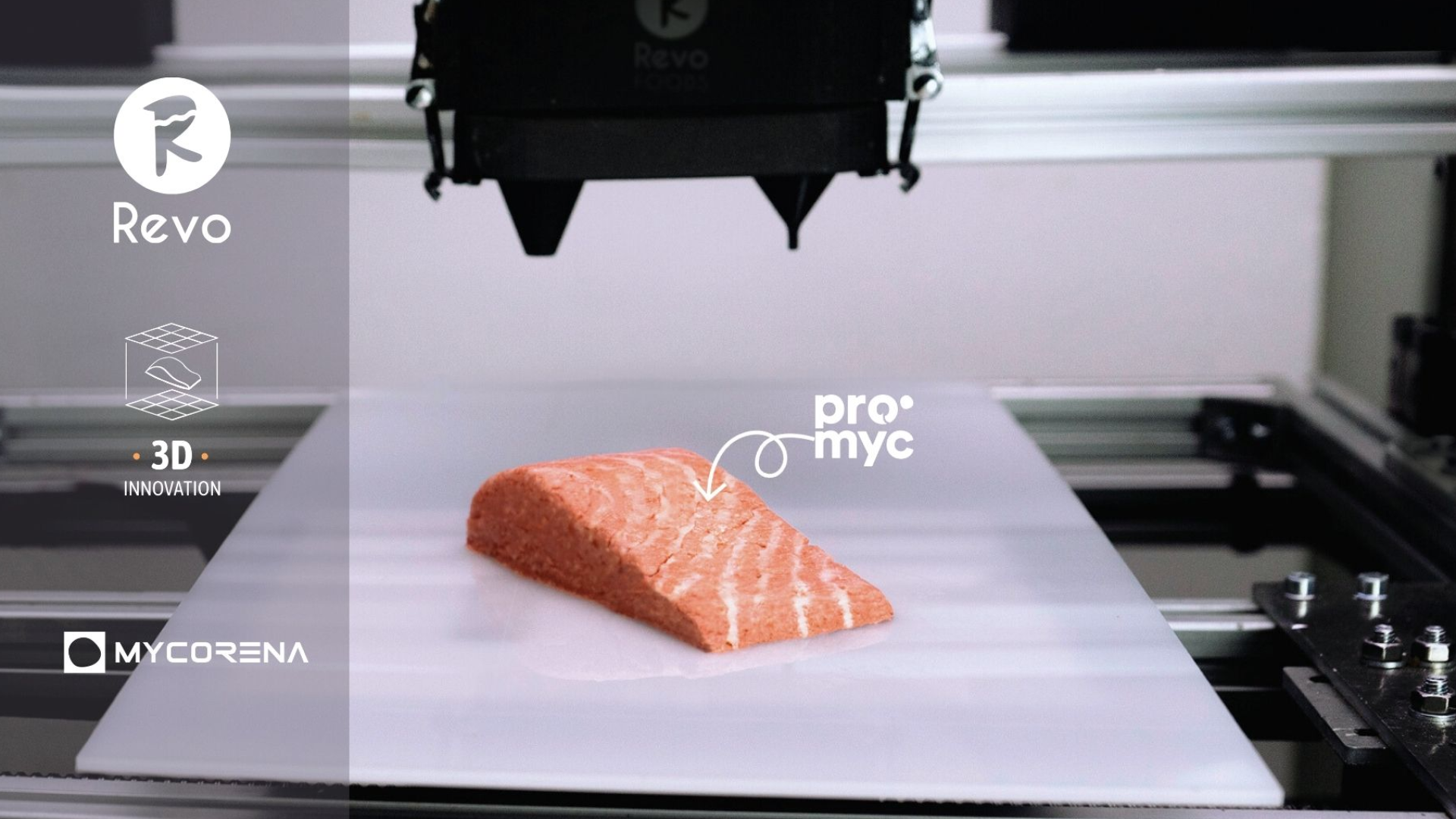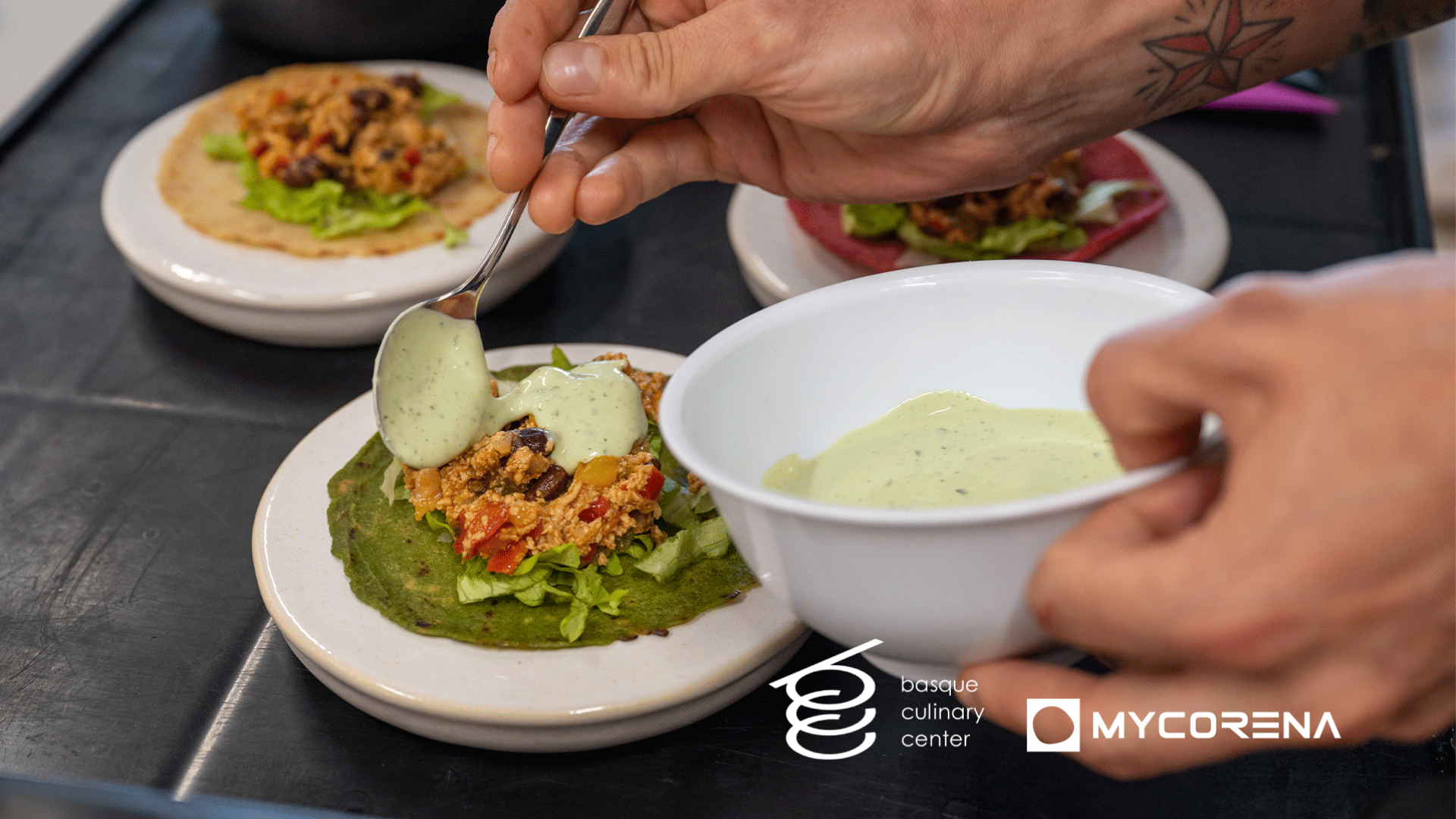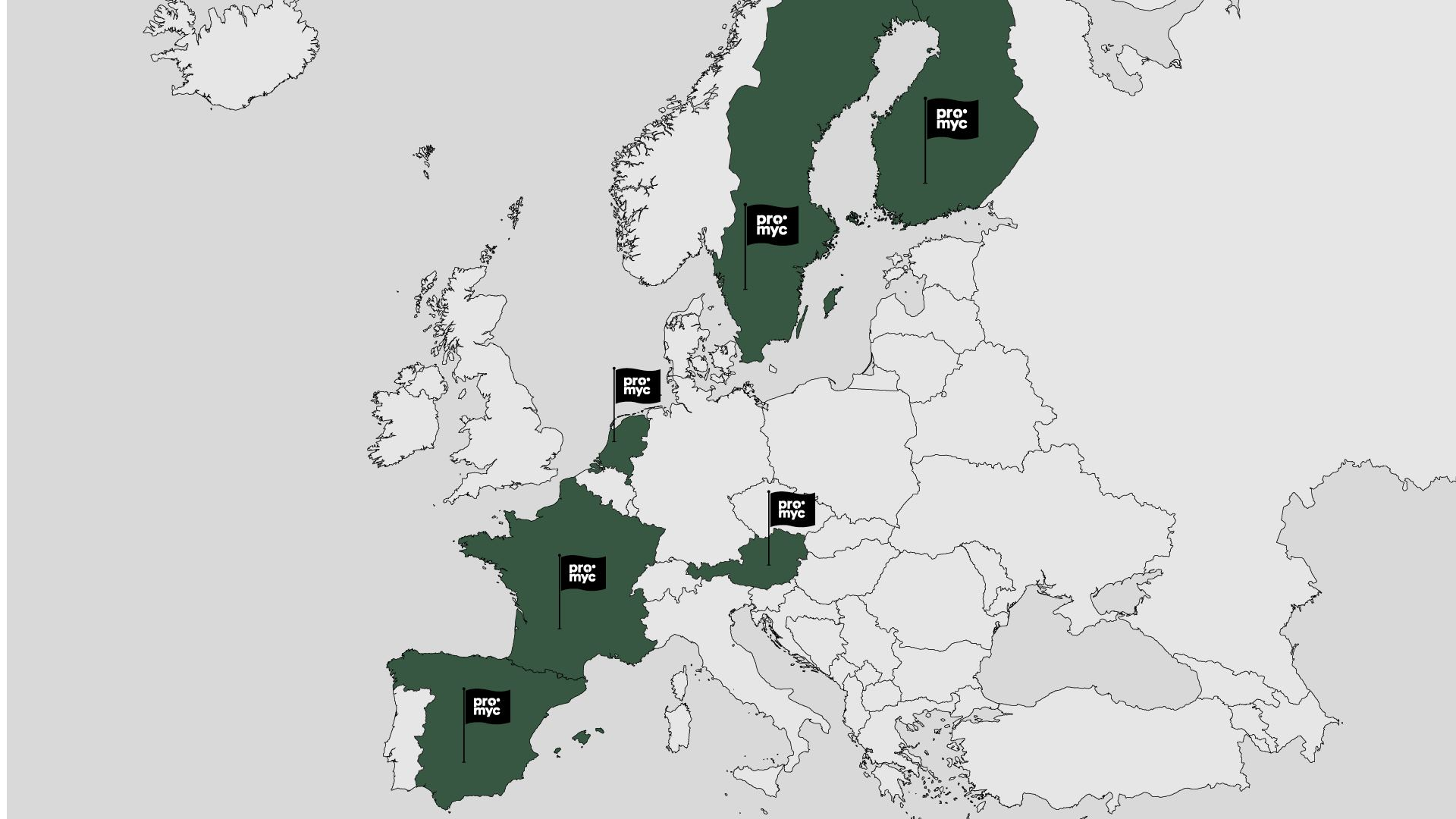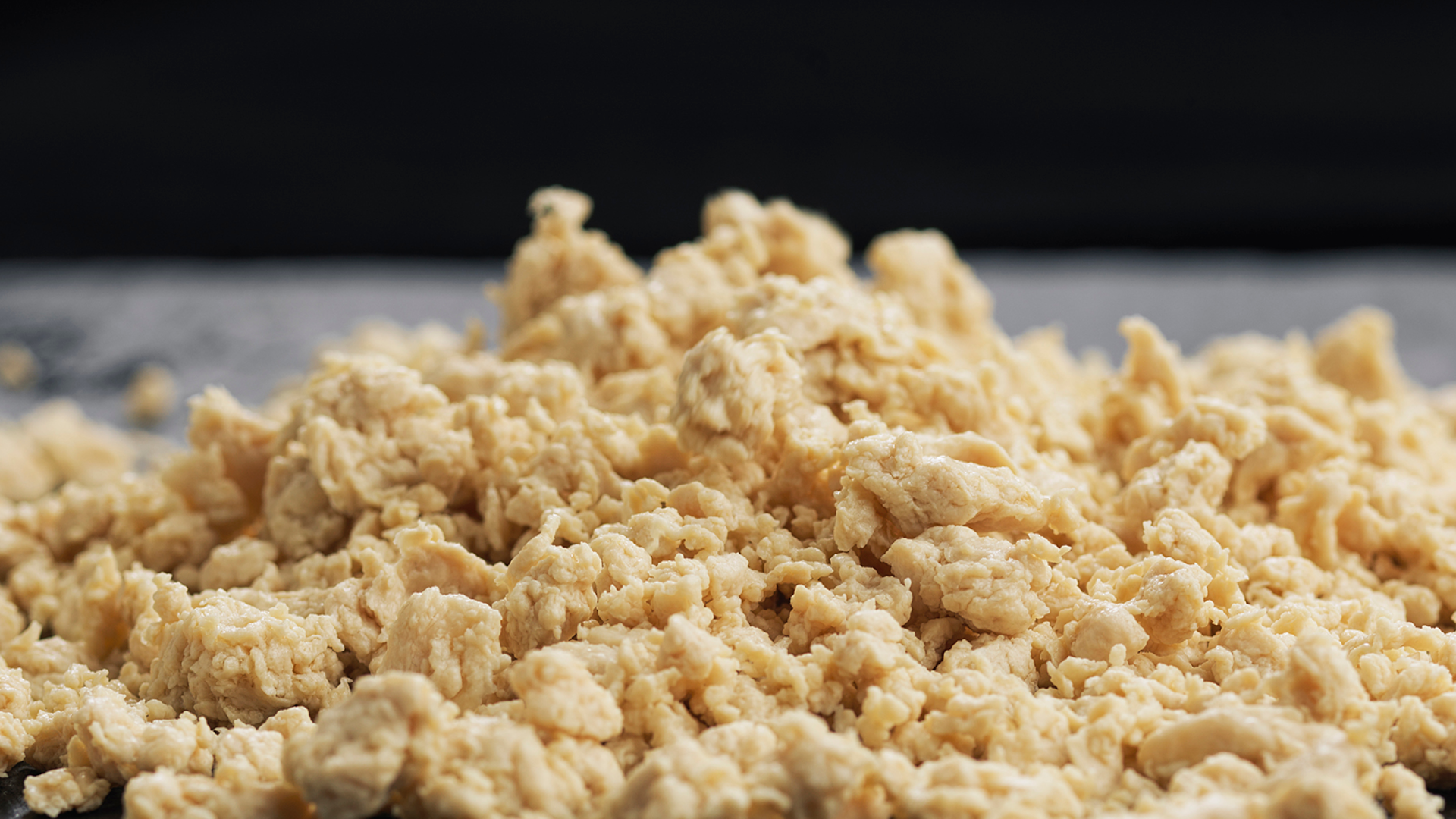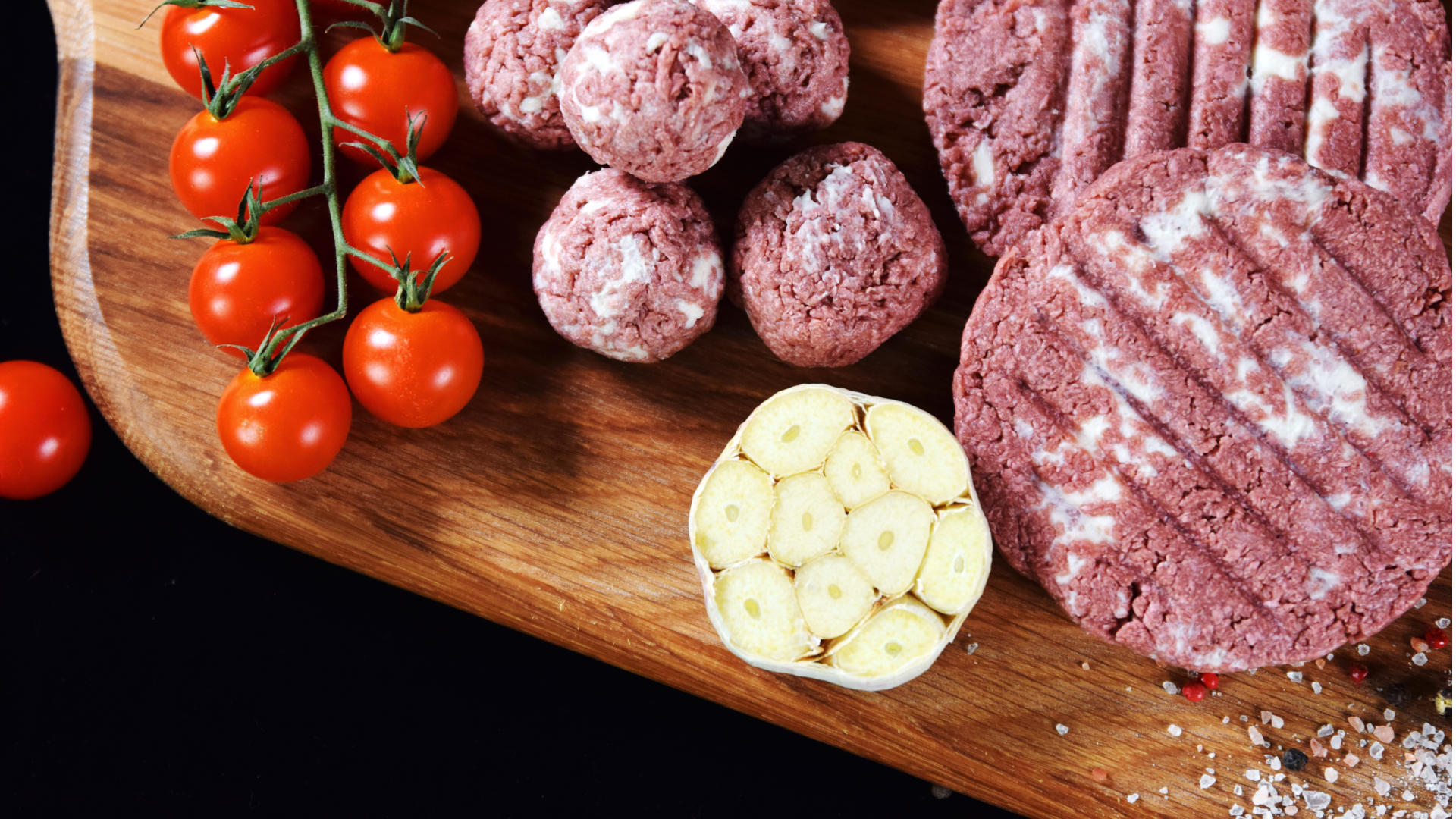In Mycorena’s efforts to keep up the pace while helping others to #KeepGoing in a world slowed down by the COVID-19 pandemic, our Market Research track of our Virtual Internship Program was the yin. Now the time has come to present the yang. In parallel to offering exciting projects relating to the FoodTech business environment, we also conducted a highly successful Food Science track in our 2020 Virtual Internship Program. In this article, you will be served a handpicked selection of the very best bits from the work carried out by our talented participants. During a few exciting weeks, five interns coming from all over the world worked closely with the R&D department at Mycorena to expand our collective knowledge of how to make the greatest possible food products of the future. A few months down the line from there, all of the projects’ findings have made their way into the everyday work of Mycorena’s team of engineers and scientists. It is therefore only fair that we share the results with the world!
Iterating the Internships: Food Science
Five interns. Five topics. Five starting points towards an even brighter future for R&D efforts at Mycorena. In this section, you will learn the ins and outs of our Food Science internship projects related to protein functionality times two, protein blends, health aspects of mycoprotein consumption, and food processing. Buckle up and let’s #KeepGoing!
Fundamentals of Function
Most of us might view dietary protein only as nutrients that fuel our bodies, but as we would learn throughout the Mycorena 2020 Virtual Internship Program, it does so many more things than that! Our intern Mathias expertly explained that protein is highly responsible for the texture, structure and stability for the foods that we eat every day. In his own words, “It is what makes your cream whippable, what gives the fibrous structure of your meat analogues and the stability of your mayonnaise. Without these properties of the protein, the cream would stay a boring plain liquid, your meat analogues would be just a clump without structure and the mayonnaise would separate into a water and a fat phase.”
In addition to these interesting facts, Mathias also brought our attention to the potential that mycoprotein might hold for the future of food product formulation. A highly understudied form of protein (unfortunately!), many exciting discoveries on the functional properties of foods are to be expected with greater adoption. Fungi-based protein is also extra interesting because of its unique way of growing in hyphal structures, something you do not find in conventional non-animal-based protein sources.

Zooming in on Functionality
In our efforts to create the greatest and most versatile protein source on the planet, the Mycorena team certainly must keep up to date with all the latest knowledge on the characteristics and functionalities of protein. This is certainly no small task, but our intern Vamsee went headfirst into this topic. “Depending on the sequence and composition of amino acids, protein molecules can acquire various structural and functional properties. Also, these proteins co-exist with other materials like salts, sugars, fats, water, carbohydrates, and so on. The ratio of these components and the interactions between them give rise to various functional properties in the food.”
This project culminated in a detailed description of how proteins can be used to influence the solubility, binding properties, capacity for gelation, and interfacial activity. Ambitious to say the least, but did Vamsee stop there? Of course not. In the true spirit of a member of the Mycorena family, he went the extra mile and provided a detailed description of methods that our food developers can apply in the everyday realities of the lab to make the greatest possible new protein sources happen. We are strongly grateful to Vamsee for his contributions to what is now standard protocol in our labs and kitchens!
Basics of Blending
As you may have guessed from the internship projects on functional properties of protein outlined above, different protein sources will bring different characteristics to food products. Food producers are looking for novel, simple, single-ingredient protein sources that can fulfill all the needs of an excellent meat analogue, but there are challenges. The answer may lay in the blending of different protein sources, a topic tackled by Louis during his internship project. Discussing the two clear dominators of the alternative protein market, soy and pea, he explains: “While soy has many admirable qualities in terms of functionality and nutrition there are some major drawbacks that may be overcome with the use of other protein sources. Currently, pea protein is trending with similar qualities to soy although it lacks some of the specific uses cases and may need to be combined with other proteins to create similar textures.”
Our fingers were crossed that the project would reach the conclusion that our fungi-based protein, Promyc, could be the solution to overcoming these challenges. Luckily, our hopes were not in vain! He summarized: “A key challenge however with soy and pea proteins is that they have to be texturized to be palatable. Mycoprotein, such as Promyc, on the other hand, provides a meaty texture from the start and needs fewer processing steps.” Here’s to making sure we help the food industry create the best possible new food products in the future!
Filamentous Fitness
Mycoprotein not only has characteristics that are great for achieving palatability in new foods, but also come with a wide range of health benefits. These benefits were discussed at length by Maria, who enthusiastically went deep into the current research to give us all of the juicy details. As her project work would uncover, mycoprotein will no longer force food producers to make tradeoffs between different desirable qualities: “Meeting current dietary needs often requires striking a delicate balance between quantity, quality, sustainability and other individual- and population-level criteria. Filamentous fungi derived protein, a.k.a mycoprotein, now provides us with a choice that ticks off many of these boxes.”

Maria’s investigations confirmed our strong prior belief that mycoprotein is a true superfood. As true Promyc fans already know, mycoprotein has excellent protein quality and a complete amino acid profile which makes it highly suitable for human consumption. But the benefits don’t end there. Did you know that fungi-based protein has been shown to have positive effects on satiety? Or that they seem to be highly beneficial for blood sugar level control? How about the fact that its high concentration of dietary fiber may make mycoprotein your gut’s best friend due to its potential to act as a prebiotic? Thanks to this successful research project on the health benefits of mycoprotein consumption, you certainly do now! As do we at Mycorena, and we are now equipped with a new range of knowledge around how our Promyc can create a positive impact for consumers all over the world.
Food Processing: Stopping the Stigma
Processed foods. Sounds bad, right? Surely this category can’t contain anything but snacks, sweets, fast food and soft drinks? This often appears to be the spontaneous reaction to whenever you hear the word ‘processed’ in relation to the word ‘food’. What most people don’t know, however, is that virtually all food we eat is processed to some extent, including those that are known to be healthy and beneficial for your diet. The stigma around processed foods is a significant but potentially underestimated hurdle towards a healthier and more innovative food system, as our intern Jasmin would expertly demonstrate. For an extremely interesting example, see her explanation on the Blender Effect: “This is described as people perceiving foods as being healthier as their whole food versions compared to if the same volume of that food was blended. A study showed that when customers viewed yoghurt, peanuts and fruit, they perceived it being healthier and including less energy than the same volumes of their blended counterparts.”
The findings from this have been hugely important for Mycorena. While our Promyc is completely natural and healthy even by the most rigorous comparisons, it does need to undergo some simple processing for deliciousness and safety to be ensured. Among other things, Jasmin’s work has inspired us to dig deep into consumer perceptions of mycoprotein, and her recommendations has given us plenty of new tools for our product development and communications strategies. Inspiring to say the least!
Towards a Bright Common Future
Thanks to the amazing work carried out the participants in the Food Science track of the 2020 Virtual Internship Program, Mycorena’s R&D has been taken to the next level and has been made to shine even brighter than ever before. We couldn’t have been happier with the results generated by our talented interns, and wish them all the best in their future endeavors.


